
draw a well labelled diagram of a typical prokaryotic cell. write five points about how it
Draw a well labelled diagram showing the alimentary canal of cockroach and label any four parts. What is meant by paurometabolous development in cockroach? View Solution Click here:point_up_2:to get an answer to your question :writing_hand:draw a diagram of a prokaryotic cell and label at least four parts in it
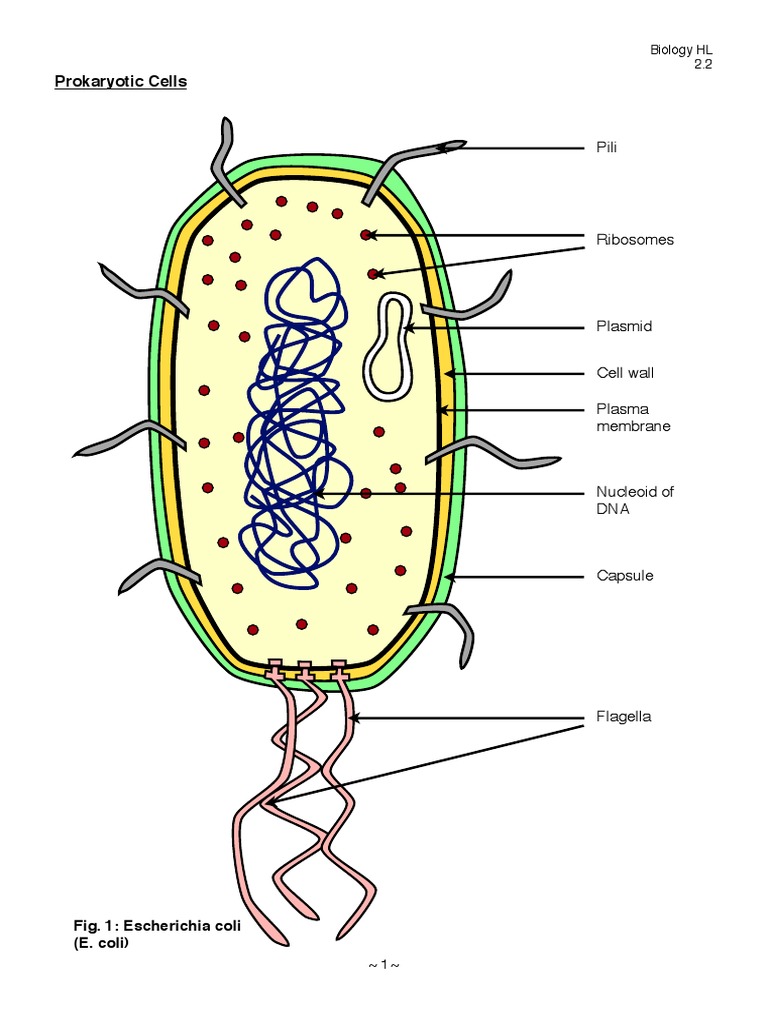
IB Biology Notes Prokaryotic Cells Prokaryote Cell (Biology)
Features of Prokaryotic cell: Prokaryotic cells are very small in size (0.1-0.3 μm). The cell is formed of peptidoglycan (like - Bacteria, Blue-green algae). Absence of membrane-bound cell organelles. Like - Mitochondria, Golgi bodies, endoplasmic reticulum, plastids, lysosomes, etc. In some cases single-membered photosynthetic lamellae.
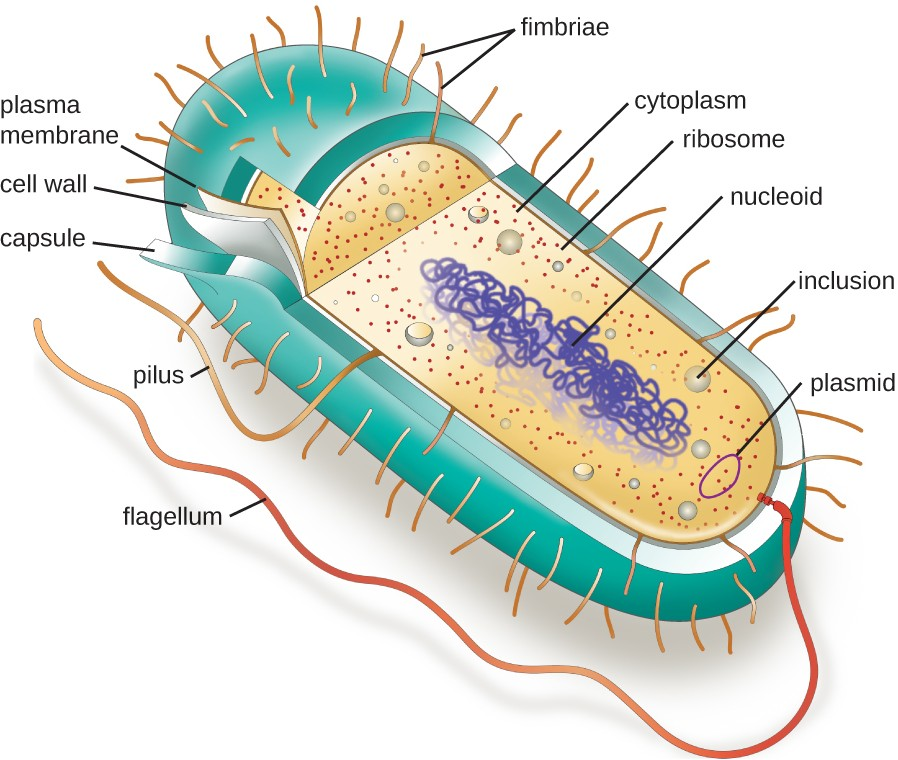
2.3 Unique Characteristics of Prokaryotic Cells Allied Health Microbiology
89 Similar questions Q. Draw a well labelled diagram of a prokaryotic cell. Q. Draw a well labelled diagram of dry cell and explain its construction. Q. Define cell constant. Draw a neat and well labelled diagram of primary reference electrode. Q. Draw a well labelled diagram of animal cell and mention one function of the main cell organelles.
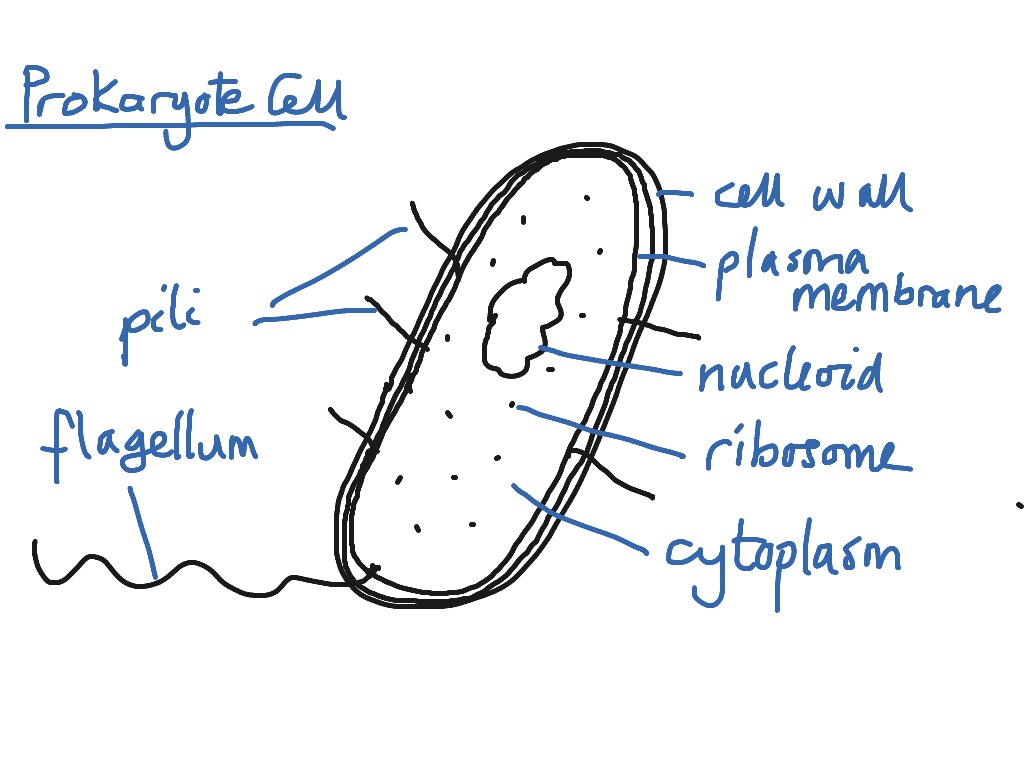
Prokaryotic Cell Diagram With Labels General Wiring Diagram
Prokaryotic cell refers to the cell which is unicellular, i.e. made of a single cell. Prokaryotic means "pro" = primitive and "karyos" = nucleus, i.e. prokaryotic cell refers to the cell which has a primitive nucleus. Bacteria and Archaea come under prokaryotes. Characteristics of Prokaryotic Cell
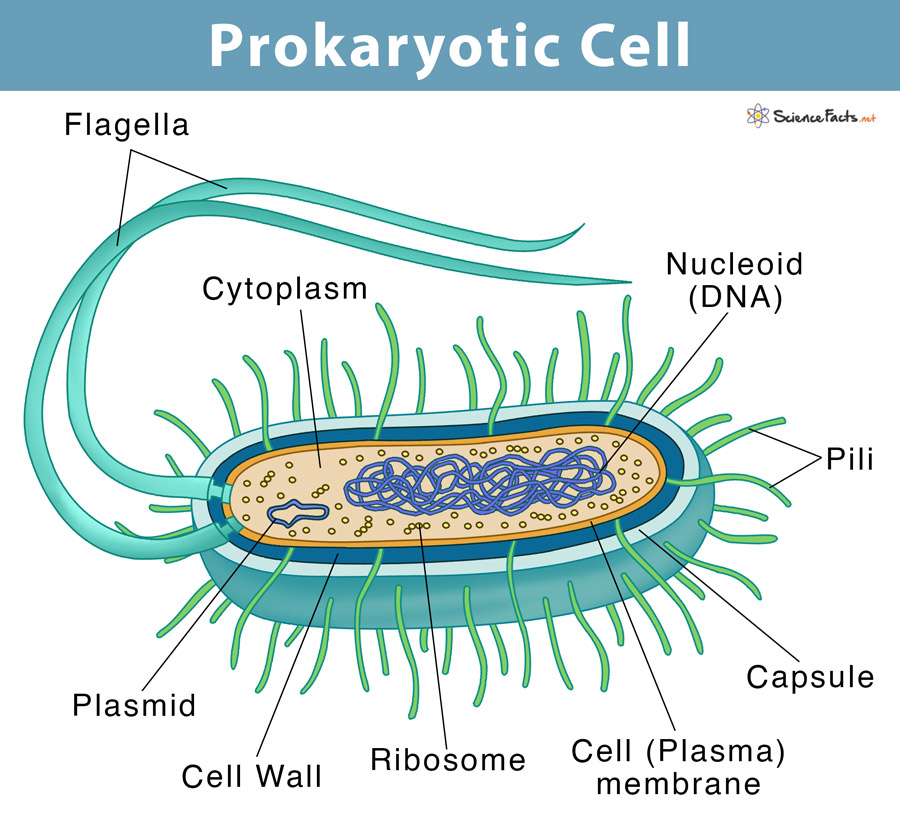
Prokaryotic Cell Definition, Examples, & Structure
Definition A prokaryotic cell is a type of cell that does not have a true nucleus or membrane-bound organelles. Organisms within the domains Bacteria and Archaea are based on the prokaryotic cell, while all other forms of life are eukaryotic. However, organisms with prokaryotic cells are very abundant and make up much of Earth's biomass. Overview

Draw a well labelled diagram of prokaryotic cell. Draw a well labelled diagram of prokaryotic
By Regina Bailey Updated on October 30, 2019 Prokaryotes are single-celled organisms that are the earliest and most primitive forms of life on earth. As organized in the Three Domain System, prokaryotes include bacteria and archaeans. Some prokaryotes, such as cyanobacteria, are photosynthetic organisms and are capable of photosynthesis .

Draw neat labelled diagrams of a Eukaryotic and a Prokaryotic cell. Also colour and label it
Archaea Archaea, like bacteria, are single-celled organisms without a nucleus. While they look similar to bacteria, they are genetically and biochemically distinct. Scientists discovered archaea in extreme environments, such as hot springs or salty lakes, but they inhabit a wide range of environments.

How to draw a prokaryotic cell prokaryotic organism Bacterial cell Easily Well lebelled
Prokaryotes lack an organized nucleus and other membrane-bound organelles. Prokaryotic DNA is found in a central part of the cell called the nucleoid. The cell wall of a prokaryote acts as an extra layer of protection, helps maintain cell shape, and prevents dehydration. Prokaryotic cell size ranges from 0.1 to 5.0 μm in diameter.

Draw a well labelled diagram of a prokaryotic cell Brainly.in
Key points: Prokaryotes are single-celled organisms belonging to the domains Bacteria and Archaea. Prokaryotic cells are much smaller than eukaryotic cells, have no nucleus, and lack organelles. All prokaryotic cells are encased by a cell wall. Many also have a capsule or slime layer made of polysaccharide.

Simple Prokaryotic Cell Diagram
A prokaryote is a simple, single-celled organism that lacks a nucleus and membrane-bound organelles.

Learn About Prokaryotic Cells, Prokaryotes Bacteria and Archaeans Prokaryotic cell, Cell
Eukaryotic cell: Prokaryotic cell: Size: Most are 5 μm - 100 μm: Most are 0.2 μm - 2.0 μm: Outer layers of cell: Cell membrane - surrounded by cell wall in plants and fungi
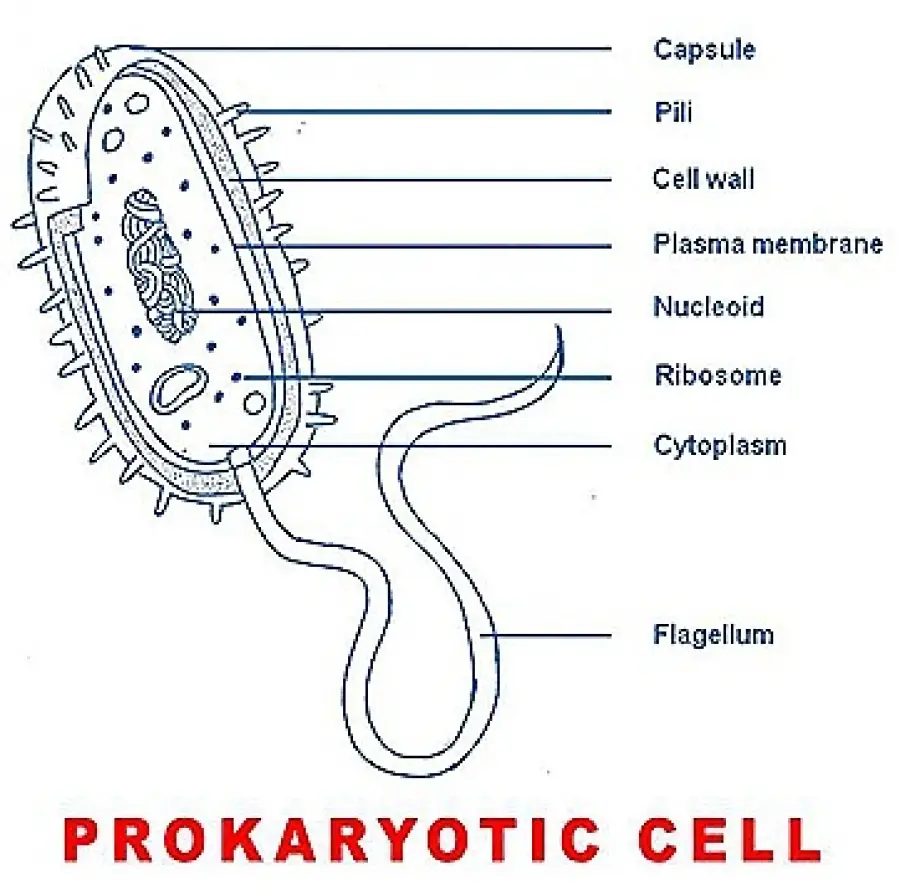
Prokaryotic Cell Biology Major Microbiology Biology
Prokaryotic Cell Diagram. to help you remember prokaryotes parts and pieces. Cytoskeleton: It's a relatively recent scientific discovery that rod-shaped bacteria and Archaea possess cytoskeletal proteins that function similarly to the cytoskeleton of eukaryotic cells. This scaffolding provides structural support to the cell and plays a role in.

Goes over the structure of prokaryotic cells. Life Science Middle School, Upper Elementary
Prokaryotes are one of the most ancient groups of living organisms on earth, with fossil records dating back to almost 3.5 billion years ago. These prokaryotes thrived in the earth's ancient environment, some using up chemical energy and others using the sun's energy. These extremophiles thrived for millions of years, evolving and adapting.

Draw a well labelled diagram of a prokaryotic cell.
Figure 27.2. 2: The features of a typical prokaryotic cell are shown. Recall that prokaryotes are divided into two different domains, Bacteria and Archaea, which together with Eukarya, comprise the three domains of life (Figure 27.2. 3 ). Figure 27.2. 3: Bacteria and Archaea are both prokaryotes but differ enough to be placed in separate domains.

Prokaryotic Cell Diagram
Explanation Characteristics Structure Diagram Components Reproduction Examples What is a Prokaryotic Cell? Prokaryotic cells are single-celled microorganisms known to be the earliest on earth. Prokaryotes include Bacteria and Archaea. The photosynthetic prokaryotes include cyanobacteria that perform photosynthesis.

Labeled Prokaryotic Cell Diagram, Definition, Parts and Function Biology Brain
Here we have shown a well-labeled diagram of a prokaryotic cell. This diagrammatic representation of the prokaryotic cell will help you to understand the prokaryotic cell. Characteristics of Prokaryotic Cells